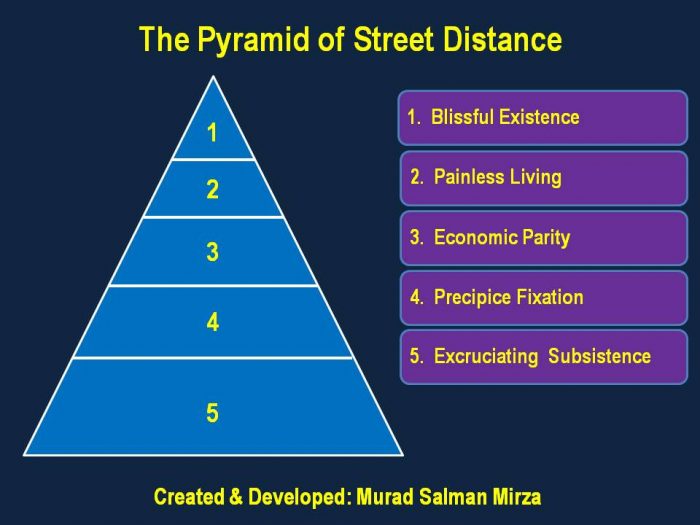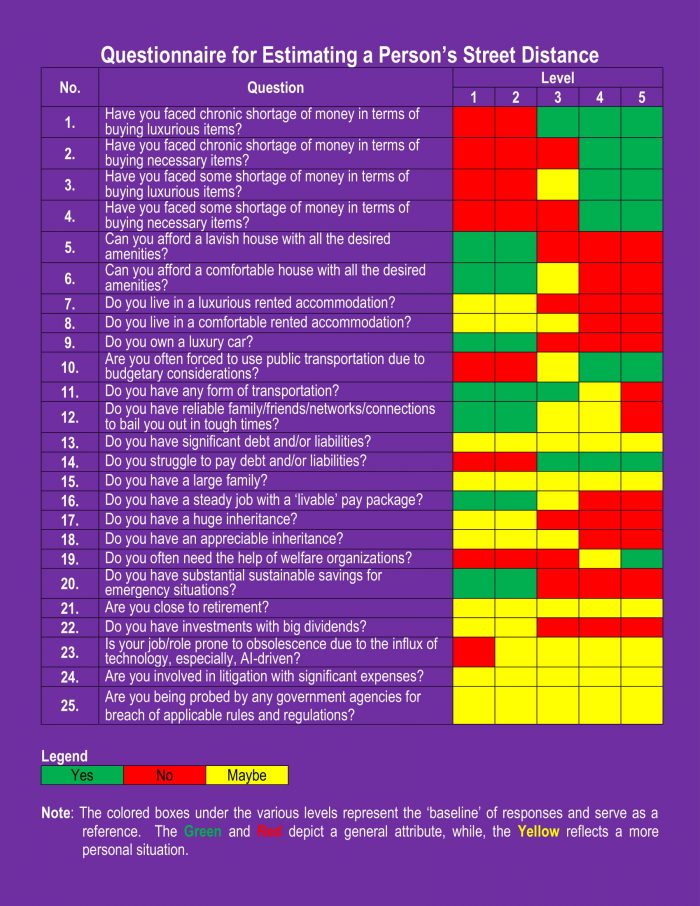There is hardly a day when one doesn’t come across some depressing news about the ‘habitually faltering’ economy and/or the high failure rates of start-ups that dominate the Digital Age. Compounding the matter are the spectacular ascents and spiraling descents of industry titans/legacy companies/heritage organisations who customarily pose as the narcissistic prophets of success, yet, become embroiled in nagging controversies and are eventually unceremoniously relegated to corporate wilderness. A key reason for such a fate is the magnanimous embrace of ‘acceptable risks’ to facilitate quicker business decisions that often result in the germination of a systematic corporate maleficence under the watch of a ‘gambling’ senior management and inevitably cements the foundations of debilitating corporate scandals.
Consequently, factors like the ‘tidal wave’ of the ‘Arab Spring’ sweeping across the Middle East, the ‘sagging fortunes’ of many countries within the European Union and the ‘recessionary risks’ of the US economy provide a potent reminder to ‘save for a rainy day’. However, true to human nature, most professionals tend to rise and fall with the ‘boom bubbles’ that beckon the gullible to a blinding array of possibilities during the good times on the basis of the ‘magical’ powers of comfortable living driven by the easy availability of credit.
This article explores prudent risk management with respect to personal wellbeing in a novel way by employing the concept of ‘Street Distance’. The respective term has been coined to refer to a person’s position on the economic pyramid that represents ‘Blissful Existence’ at the top and ‘Excruciating Subsistence’ at the bottom, as depicted below:

Note: The aforementioned levels have been depicted as ‘baseline’ to provide the flexibility of adding more levels between ‘Blissful Existence’ and ‘Excruciating Subsistence’.
Blissful Existence (Level 1)
This refers to a state of luxurious existence where monetary capital is never an impediment for fulfilling any needs and desires. People in this category are insulated with the concerns of daily living and are at liberty to pursue their passions with no constraints on the wallet, e.g., participating in premier yacht races, flying around the world in hot air balloons, running sports teams, owning significant shares in multinational conglomerates, profoundly contributing to global causes, making healthy donations to research, giving large endowment funds to academic institutions, etc.
Painless Living (Level 2)
This refers to a state of comfortable existence where monetary capital is sufficient to enable the fulfillment of every need and most desires. People in this category can easily adjust to any inflationary pressures without buckling under the burden of unmanageable debt and lead a lifestyle that demonstrates significant success due to personal achievements, e.g., working at senior levels in prestigious organizations, featured speakers at professional forums, driving expensive cars, living in spacious houses, enjoying membership to exclusive clubs, possessing latest gadgets, etc.
Economic Parity (Level 3)
This refers to a state of precarious existence where monetary capital is sufficient to meet all the primary needs; however, most desires are out of reach. People in this category are very mindful of remaining within a modest budget since any failing in the respective context can invite the onslaught of crushing debt. Their focus is generally on avoiding risky investments as they are vulnerable to inflationary pressures. They are used to walking the fining line between leading a dignified living during the good times and being at the mercy of economic downturns during the bad times. Most middle managers attest to such situations and fret about the lack of substantial savings to cushion any emergency situations.
Precipice Fixation (Level 4)
This refers to a state of helplessness that is an inevitable part of daily struggles to carry on with barely enough monetary capital for fulfilling primary needs. Desperation becomes a common guest in the minds of people in this category as the inability to run a household on a consistent basis is a nagging concern. Earning members of such families are either forced to work long hours or take on multiple jobs to earn enough money for managing a rudimentary budget. Generally, they live in rented accommodations and are perennially trapped in the vicious cycle of borrowing and then getting stuck with paying exorbitant interest while rarely touching the principle amount.
Excruciating Subsistence (Level 5)
This refers to a state of utter despondency that infects a person’s yearning for a meaningful existence on the unforgiving streets with misery as the only loyal companion while being mentored by basic survival instincts, especially, in case of homelessness. People in this category tend to marginalise self-esteem in order to maintain some semblance of ‘living’ on a day-to-day basis. They lack any viable support network and are generally open to any jobs/roles that could meet their daily expenses. This often opens the door for blatant exploitation by wily opportunists.
The following questionnaire can be used to estimate a person’s street distance:

The coloured boxes under the various levels represent the general nature of responses and serve as a reference. The Green and Red represent a general attribute, while, the Yellow depicts a more personal situation.
It is recommended that the person, who completes the questionnaire, should compare his/her responses to the reference and, if needed, take remedial actions accordingly. Such preventive/corrective measures vary from person to person due to their own unique set of circumstances; therefore, no ‘standard’ actions are suggested. It is hoped that such measures will be more preventive in nature and not be dominated by corrective measures since such a ‘reactive’ response might be too late for sustaining/attaining the desired state of affairs.






